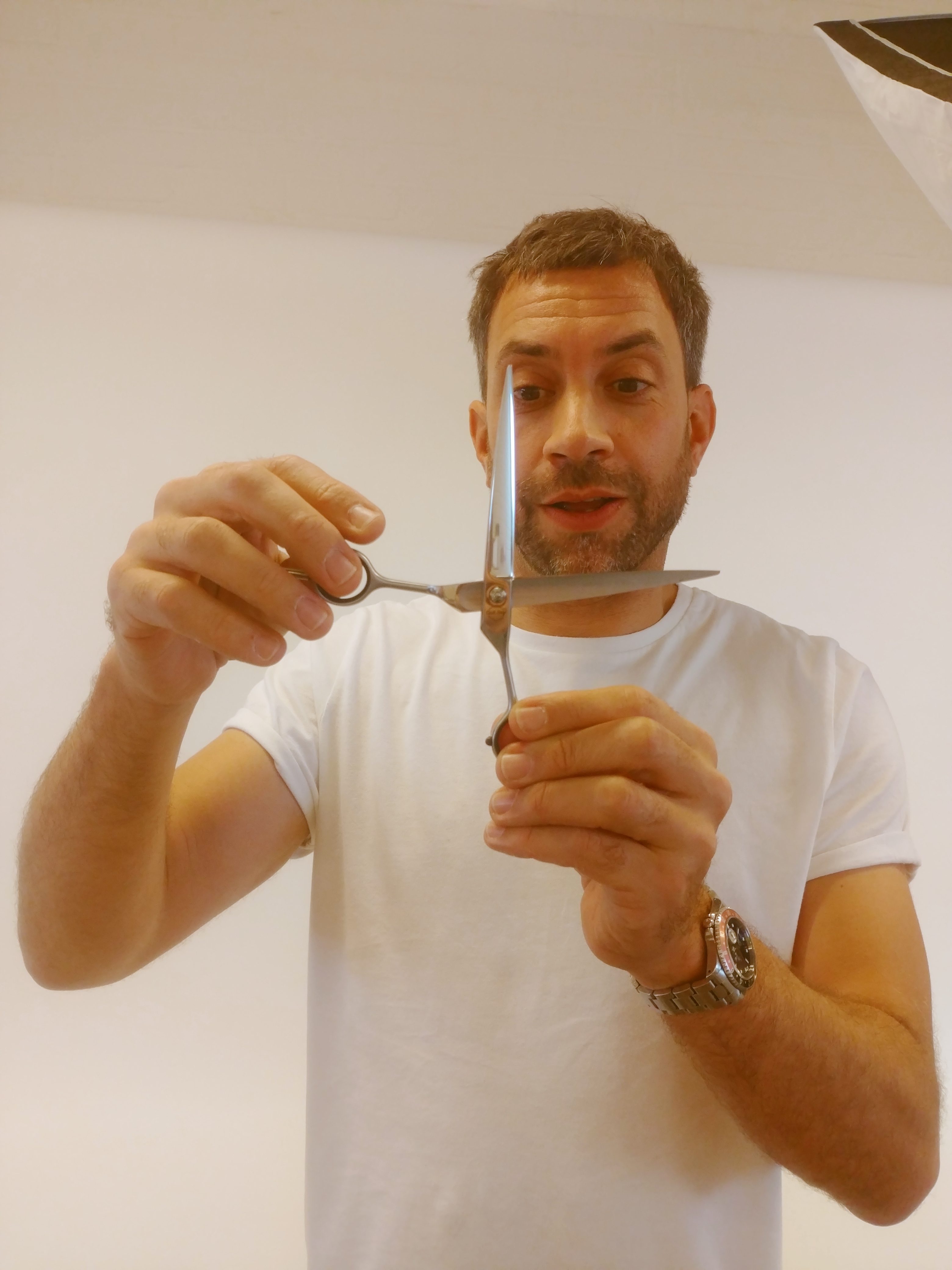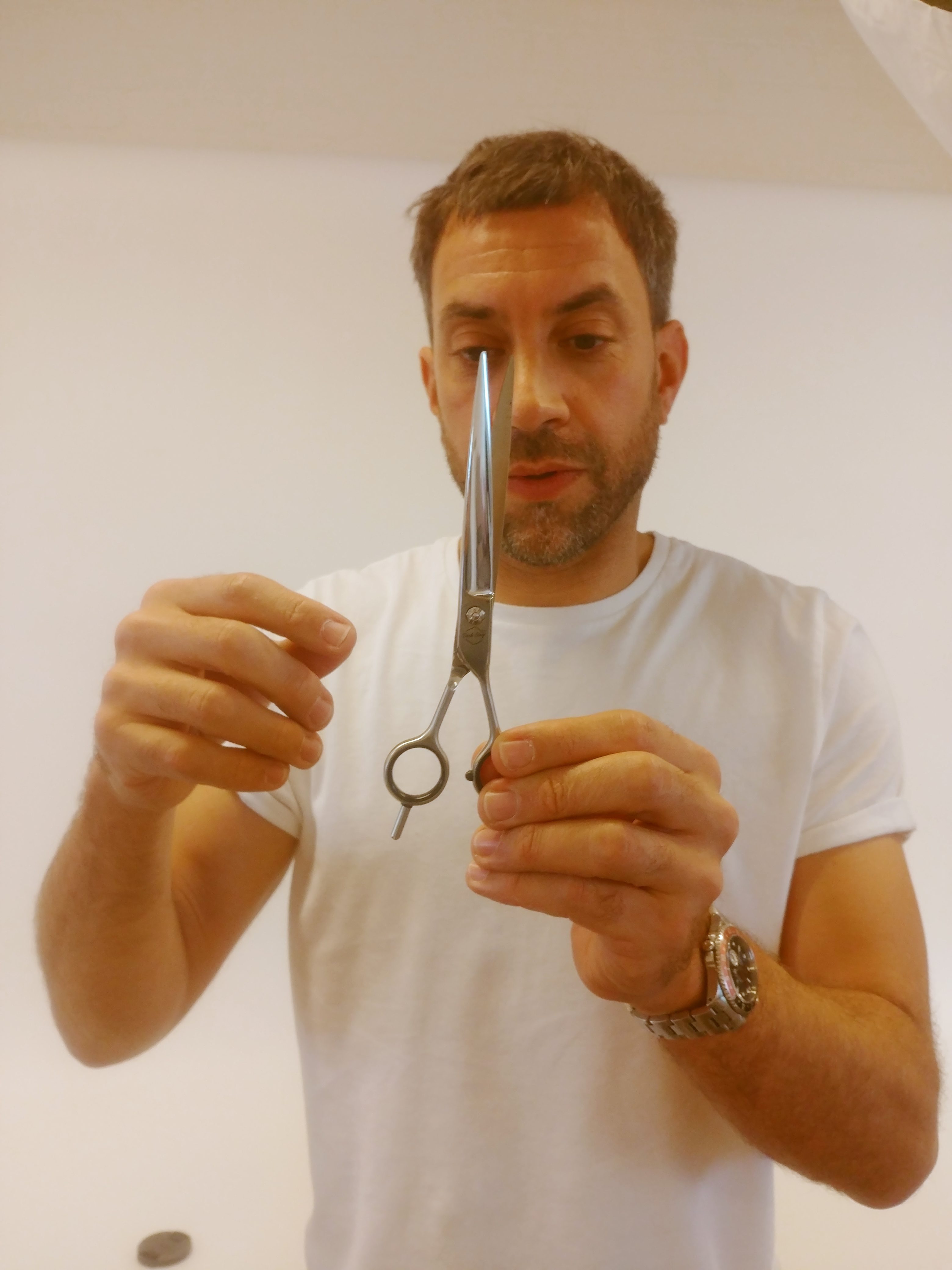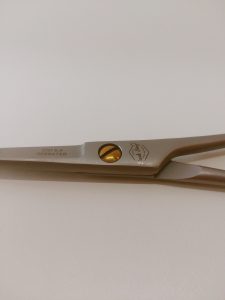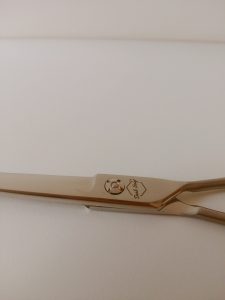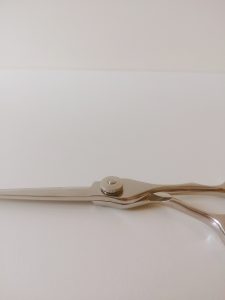What is scissor tension?
Scissor tension is the tension of the screw that holds the two scissor blades together. Tension can be simply described as the looseness or tightness of your scissor. Proper scissor tension is usually a matter of personal preference, but there are some general guidelines you should follow.
Remember that your shears are precision instruments. Every precision instrument needs proper care, including alignment, adjusting or tension adjustment. Proper adjustment of the tension between the blades is necessary for optimum performance.
How do you judge tension?
Shear blade are designed with a slight curvature so tat when screwed together there is a degree of spring force that keeps the cutting edges in contact throughout the cutting stroke. This is called the “set” of the blades. If shears are too loose, this spring force is lost and the edges lose contact with each other. When this happens, the cutting action is compromised and the hair bends rather than cuts.
Shears that are simply too loose and not properly adjusted often get mistakenly accused of being dull. Even new high quality, professional shears will bend hair and appear dull if the blade tension is too loose. On the flip side, if the tension is too tight it will cause premature wear of the blade edges and user fatigue.
A good rule of thumb is that when the scissors are held with the points/tips upwards, open the shears with one blade at right angles to the other, then drop the raised handle. The handle that is dropped will fall, but not close completely. Sort of caught right before closing completely. If the blade closes quickly and completely then the tension is much too loose, if the blade barely moves at all then it is too tight.
You should adjust the tension of your scissors after lubricating them, or whenever they feel too tight/loose. Be cautious not to over tighten or over loosen the adjuster as this could damage the scissor. Try to adjust the screw one click or 1/16th at a time until properly adjusted.
